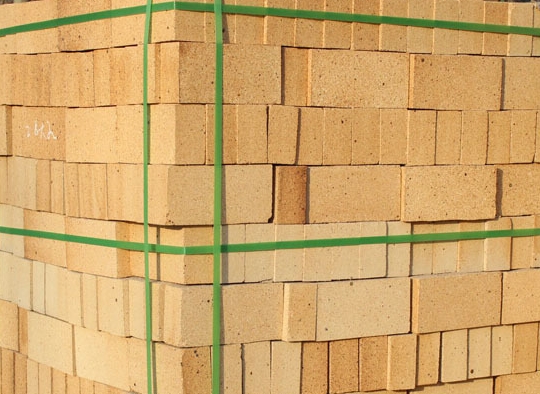- 02
- Nov
ឥដ្ឋអាលុយមីញ៉ូមខ្ពស់
Refractory bricks with alumina content exceeding 48%. Refractory bricks made of corundum, bauxite or sillimanite are called high alumina refractory bricks. If the alumina content is as high as 90%, it is called corundum brick. Due to different resources, the standards of various countries are not completely consistent. In European countries, the lower limit of alumina content is 42%. According to the content of Al2O3 in high alumina bricks, China is usually divided into three levels: first level: Al2O3 content>75%; second level: Al2O3 content of 60-75%; third level: Al2O3 content of 48-60%.
High alumina bauxite is calcined in rotary kiln or shaft kiln. The sintering temperature is 1500~1700℃, and the bauxite with good sintering and water absorption is generally 4:7%.
The production process of high alumina bricks is similar to that of multi-clinker clay bricks. The difference is that the proportion of clinker in the ingredients is very high, as high as 90-95%. The clinker needs to be sorted and screened to remove iron before crushing, and the firing temperature is relatively high. For example, when the tunnel kiln burns No. 1 and No. 2 high alumina bricks, the temperature is generally 1500-1600°C.
High alumina bricks have the characteristics of high fire resistance, strong acid resistance, alkali slag corrosion resistance, and high temperature mechanical strength. Therefore, it is often used to replace clay bricks and silica bricks, which will increase the service life of the furnace. At present, it is mainly used for building blast furnaces, hot blast stoves, electric furnace roofs, blast furnaces, reverberatory furnaces, lining of the same rotary kiln, semi-circular sulfur in the regenerator of glass furnaces, and air fire partitions.

